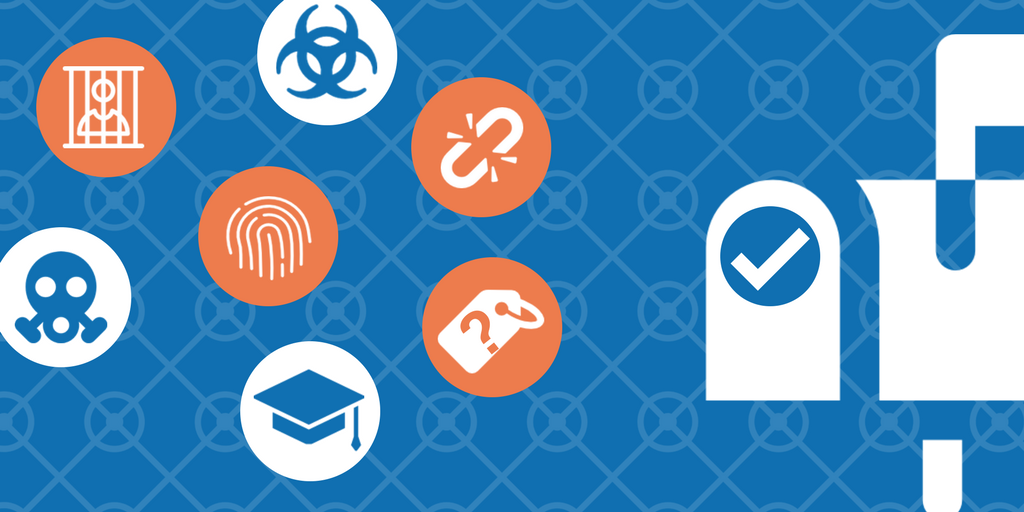24
Jul
Coming Soon: CryptoSafeGuard Ransomware Protection for BackupAssist
[youtube https://www.youtube.com/watch?v=wdodIycQgB4?controls=0&showinfo=0&w=560&h=315]
When the Australian development team at BackupAssist let me know there would be an anti-ransomware feature available so soon after the recent high profile cryptolocker attacks, I have to admit, the timing seemed almost a little too convenient.
Until any concrete evidence comes to light, we'll work on the basis they just know the market, but my investigations will continue nonetheless :)


